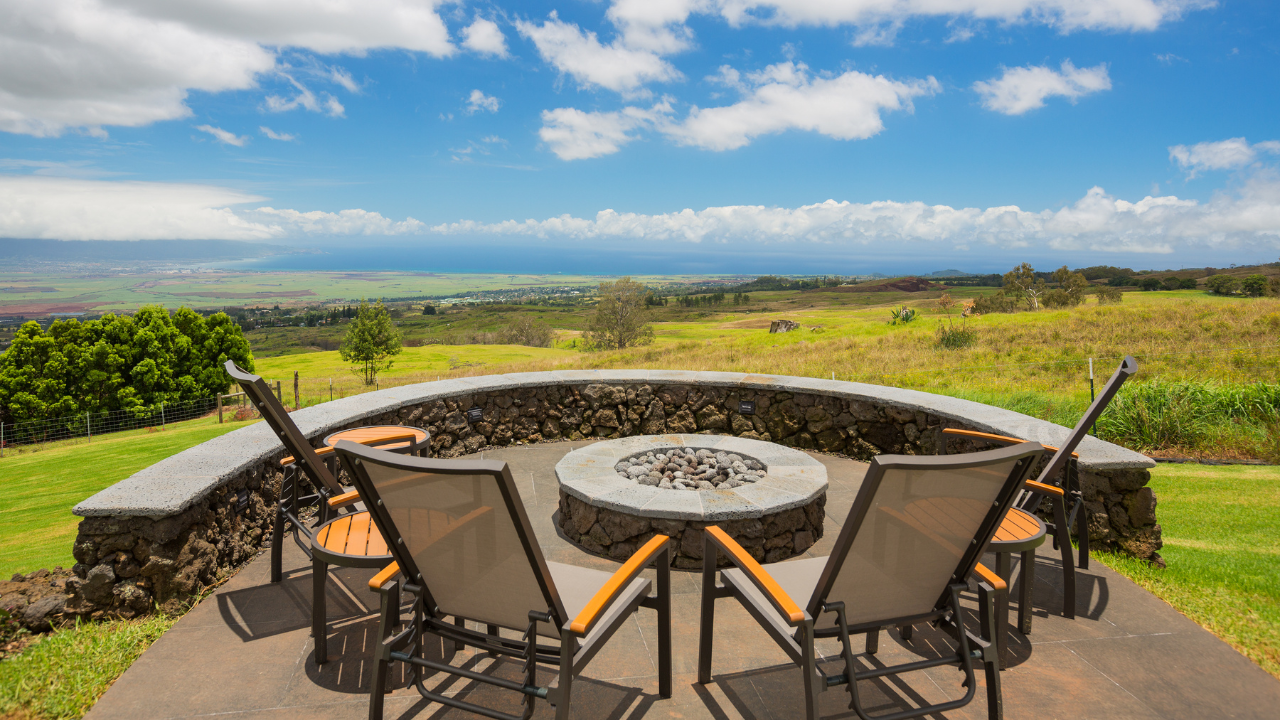
Key Takeaways:
A gas fire pit is a great addition to any backyard, bringing warmth and ambiance to outdoor gatherings. Plus, gas fire pits are convenient, low-maintenance, and can fit seamlessly into any landscape design. If you've been thinking about installing a gas fire pit, this guide will walk you through everything you need to know, from planning and safety considerations to installation and final touches. Whether you're a DIY enthusiast or working with a professional, you'll find valuable tips here to help you get started.
Before we dive into the installation process, let's talk about why a gas fire pit is such a great choice:
Before installing a gas fire pit, there are a few things to consider to ensure it fits your space and meets safety guidelines.
It's important to keep safety in mind at every stage of the project. Be sure to plan carefully before diving into the installation.
Here's a list of some basic tools and materials you'll need for installing a gas fire pit:
Having everything ready before starting will save you time and help avoid any last-minute runs to the hardware store.
Once you've chosen the perfect spot, mark the area where the fire pit will sit. You can use spray paint or stakes and string to outline the circle or square. This will give you a visual reference as you start to dig.
Create a Base
You'll want to make sure your fire pit has a stable foundation. For most installations, this means digging a few inches into the ground and laying a solid base with gravel or sand. This provides stability and drainage, which are key for long-term durability.
Build the Structure
If you're using a fire pit kit, follow the manufacturer's instructions to assemble it. Kits usually come with everything you need to build the pit, from bricks or stones to a metal insert. If you're building from scratch, use fire-resistant materials like bricks, pavers, or concrete blocks.
Install the Gas Line
For those using natural gas, this step will likely require a professional unless you're experienced with gas lines. Connecting the fire pit to your home's natural gas line involves digging a trench, laying a pipe, and connecting it to the fire pit burner. Always use a licensed professional for gas connections to ensure safety.
If you're using propane, the setup is easier—just connect the propane tank to the fire pit using the provided hose and fittings. Be sure to check for any leaks before lighting the fire.
Add Fireproof Materials
Once the structure is in place, add your fireproof materials to the center of the pit. Lava rocks or fire glass are popular choices because they not only look great but also help distribute the heat evenly.
Test and Enjoy
Before you gather around the fire, it's important to test everything. Turn on the gas and light the fire using a long lighter or ignition switch. Check for any gas leaks (you can do this by spraying soapy water on the connections—if bubbles form, you have a leak) and make sure the flame burns evenly.
Once everything is in working order, you're ready to enjoy your new gas fire pit!
Taking care of your gas fire pit will ensure it lasts for years to come. Here are a few tips to keep it in top shape:
Keeping up with regular maintenance will help prevent any issues and keep your fire pit looking and working like new.
At Precision General Contracting, we specialize in transforming outdoor spaces with custom hardscaping and fire pit installations. Whether you're looking for a sleek modern design or something more traditional, we have the experience to bring your vision to life. With our deep expertise in San Diego hardscaping, we ensure that your fire pit is not only beautiful but also built to last.
Our team understands local fire pit regulations and can help you navigate everything from safety requirements to design options. As a trusted San Diego general contractor, we'll take care of all the details so you can sit back and enjoy your new outdoor space.
Ready to make your backyard the perfect gathering spot? Contact Precision General Contracting today to get started!
